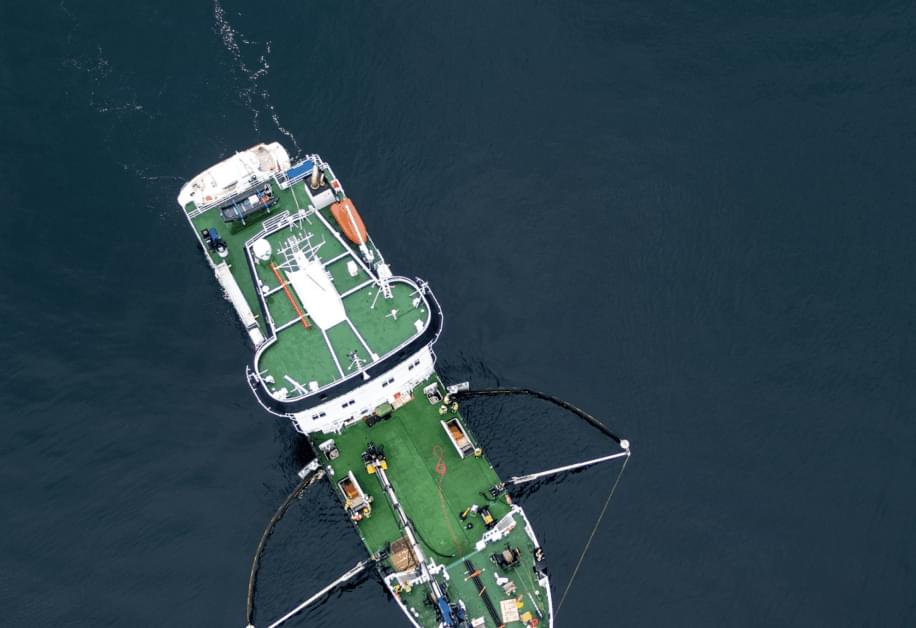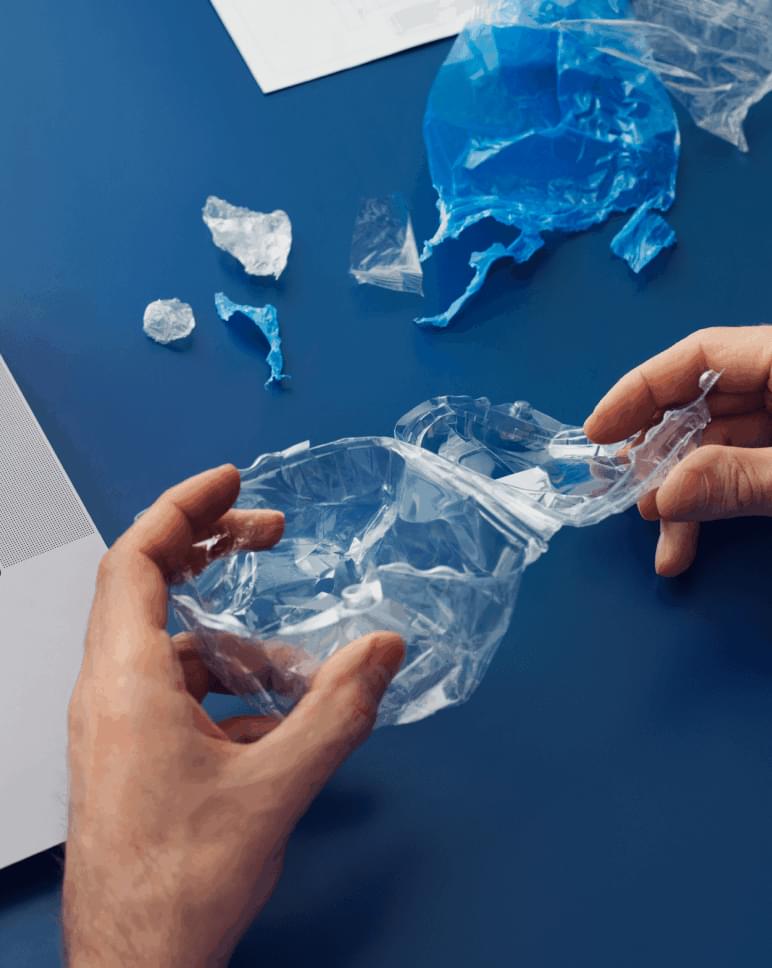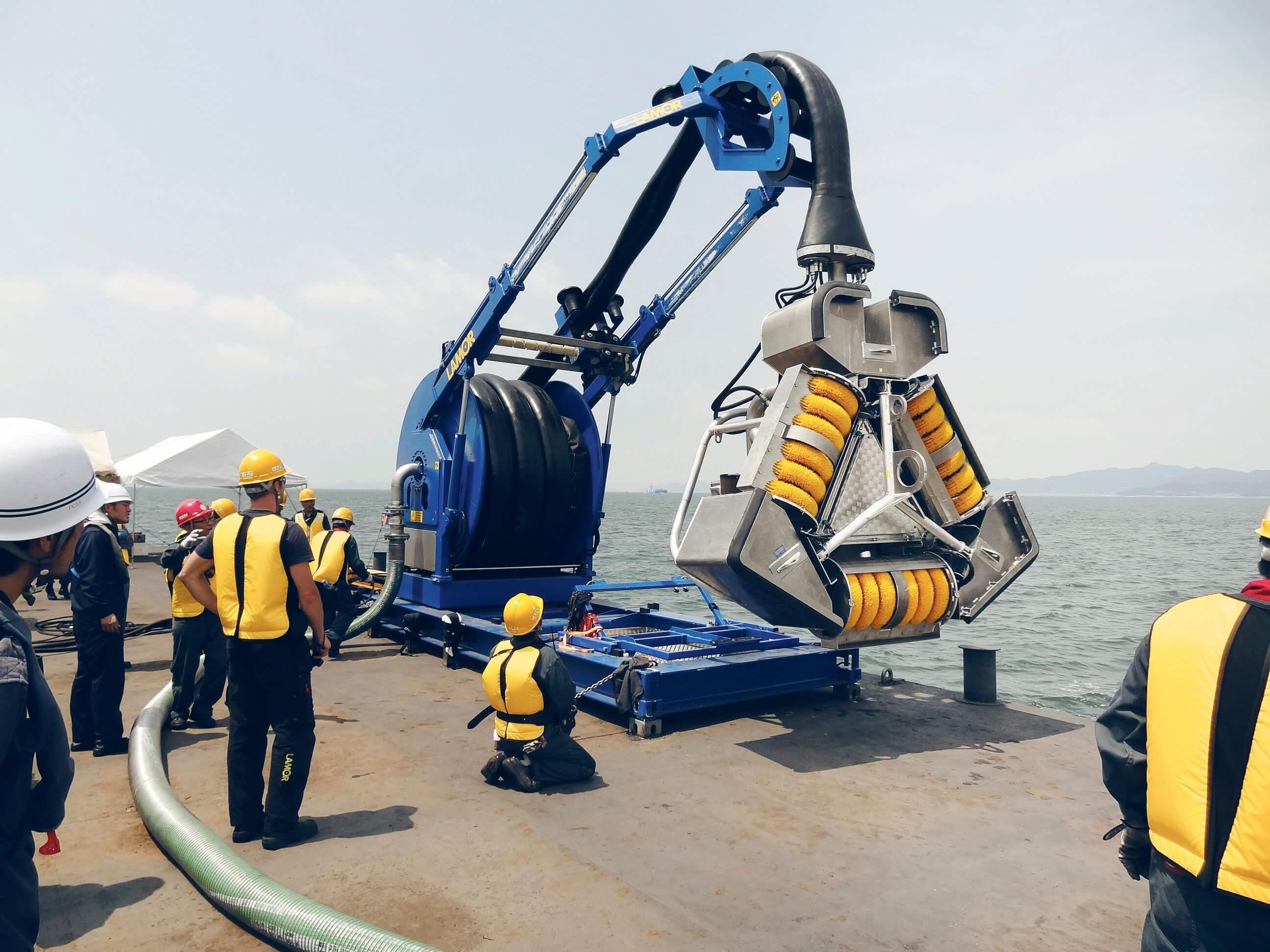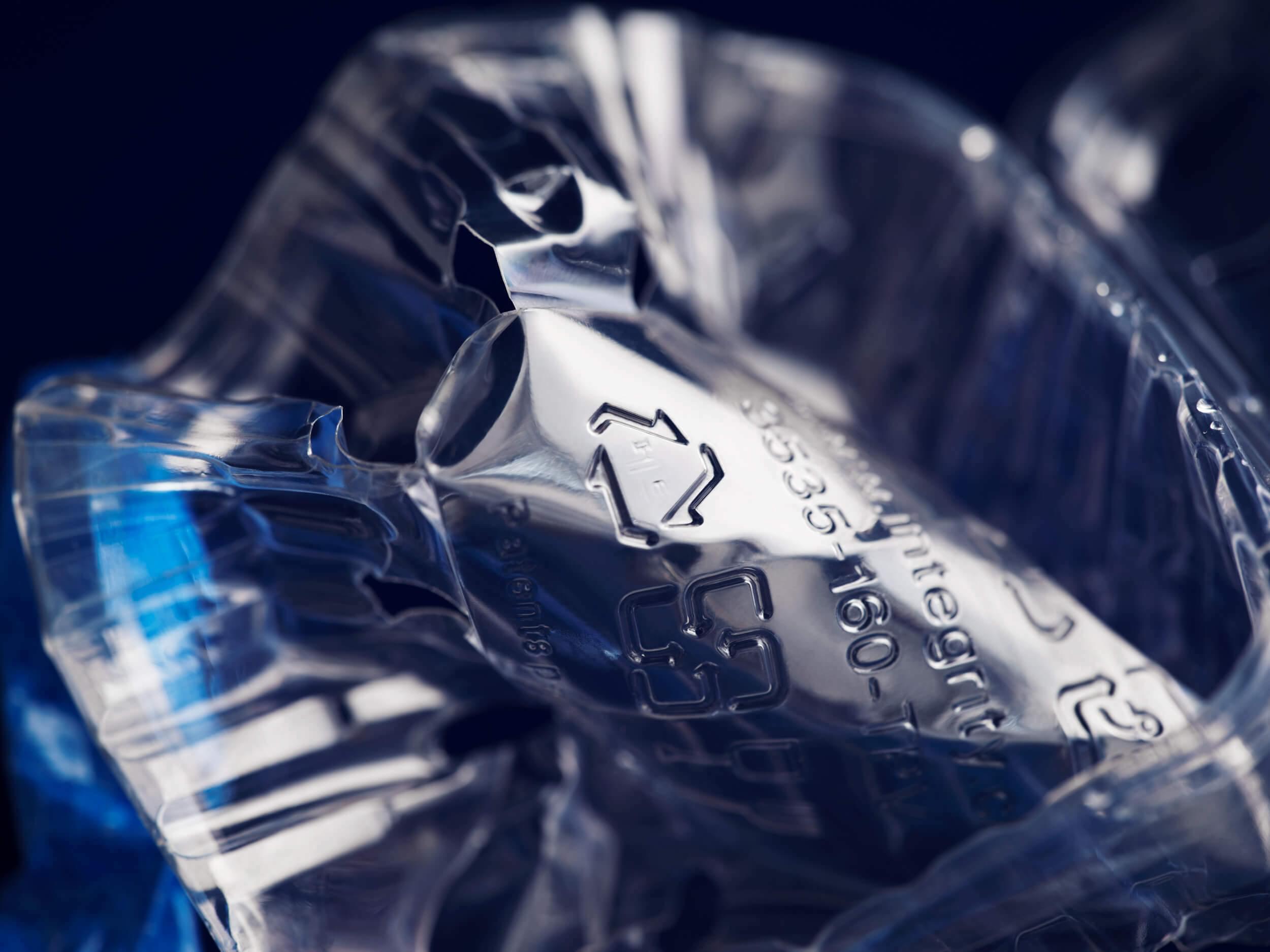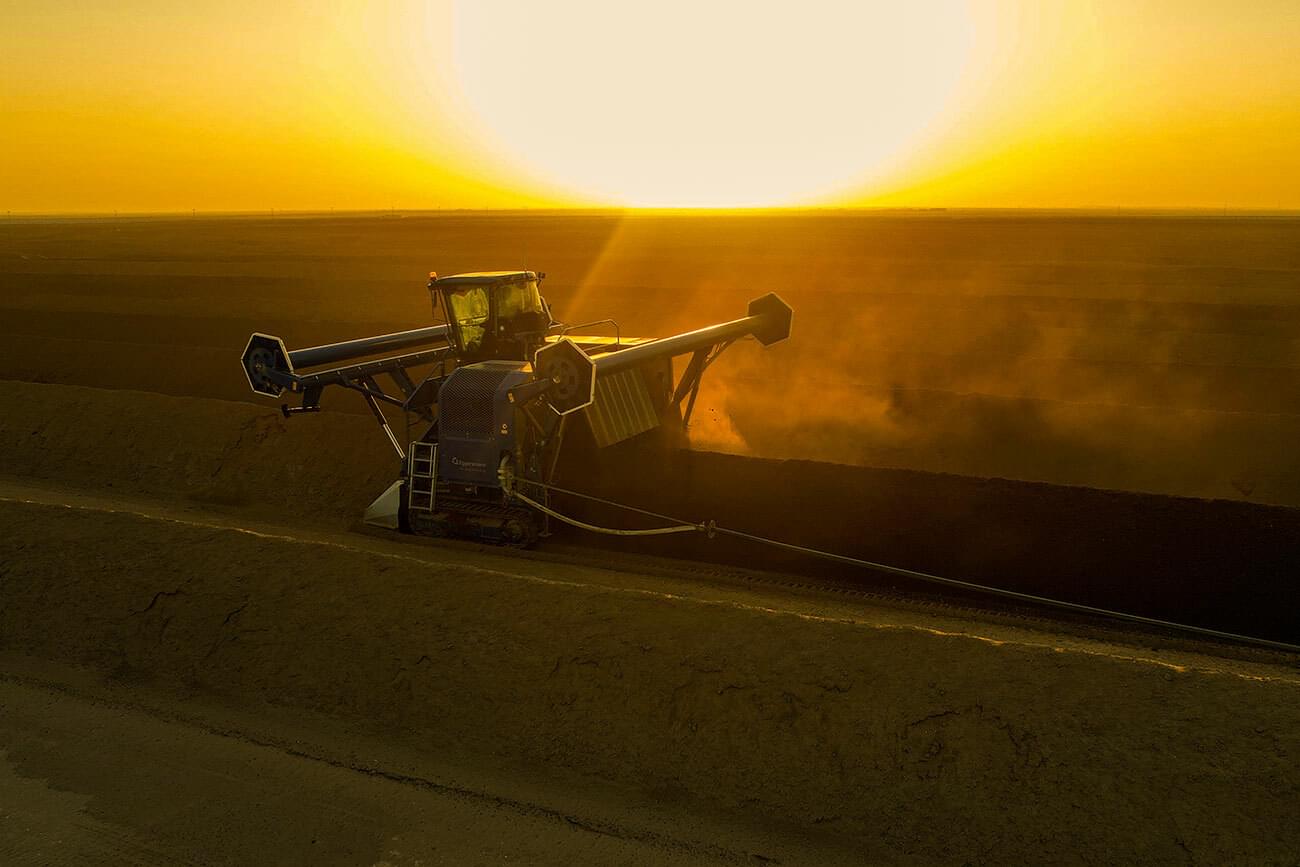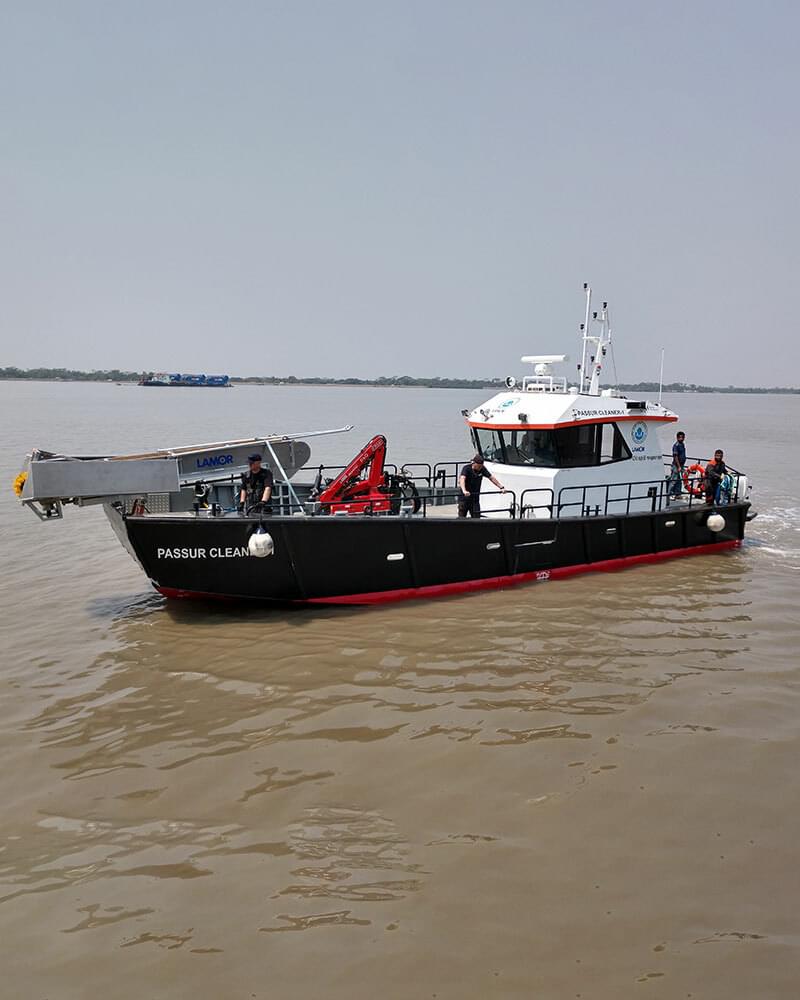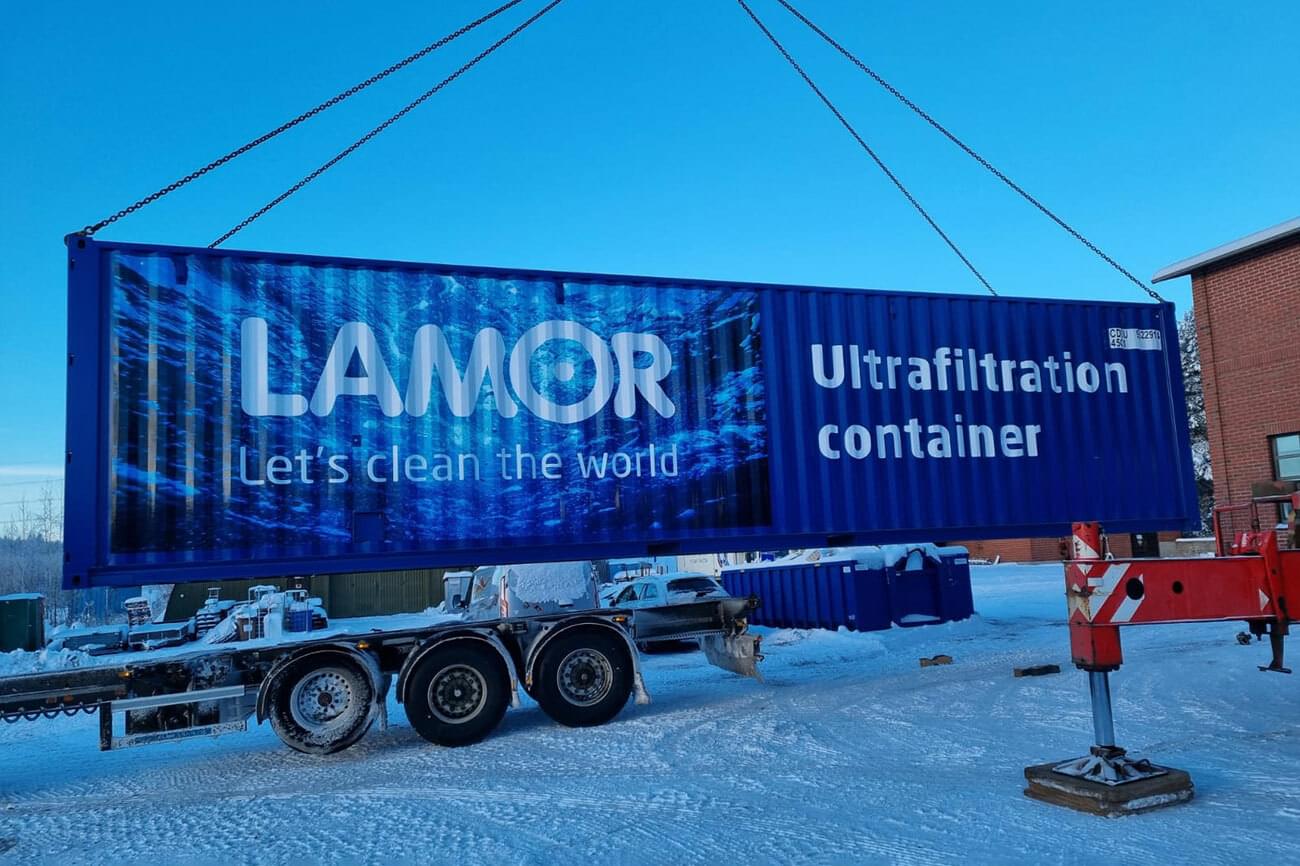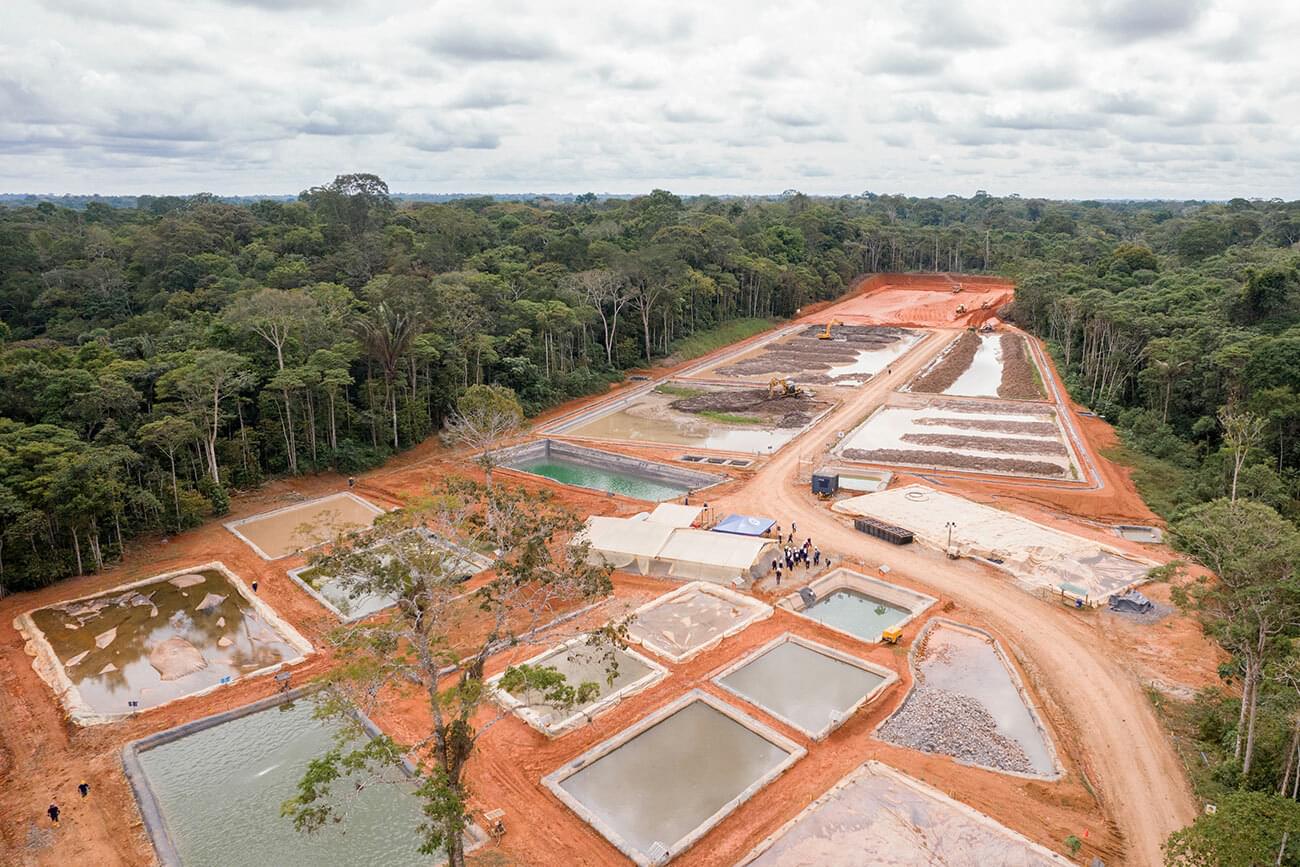
Soil Washing
Lamor's soil washing technology
Soil washing is an Environmental friendly remediation technology designed to eliminate soil contaminants effectively. This process typically involves the use of water or other specialized solvents to physically and/or chemically remove or neutralize pollutants. The selection of the most suitable method is contingent on factors such as the quantity and type of contaminants present in the soil, the soil's composition, and the unique conditions of the site. Soil washing is frequently combined with other remediation techniques to ensure comprehensive cleanup of contaminated sites.
At Lamor, we specialize in identifying the ideal approach, whether it involves water or specialized chemicals, to cleanse your soil. Regardless of the situation, we customise our solution to suit your specific requirements. With Lamor, you can trust in our globally proven expertise and innovative solutions to clean your soil and safeguard the environment.

Introducing Lamor's soil washing technologies and methods
Water-Based Soil Washing: In this method, contaminated soil is blended with water to create a slurry. The slurry is then separated into distinct fractions based on particle size and density. Contaminants are typically removed by the water and fines which can be treated separately, allowing the cleaned soil to be reintroduced into the environment.
Chemical Solvent Washing: In cases where water alone may not suffice to remove specific contaminants, chemical solvents such as chelating agents can be incorporated into the washing process. This addition enhances the removal of targeted pollutants by breaking them down and facilitating separation.
Surfactant-Enhanced Soil Washing: Surfactants, which reduce water's surface tension and enhance its wetting ability, can be introduced to the washing process to improve the elimination of hydrophobic contaminants from the soil.
Bioremediation: This method involves a biological soil washing technique that employs microorganisms to degrade or metabolize contaminants in the soil. In certain instances, the introduction of specific bacteria or fungi to the contaminated soil can expedite the breakdown of organic pollutants.
Electrokinetic Soil Washing: Electrokinetic remediation utilizes an electric field to transport charged ions and water through the soil. This process aids in the transportation of contaminants to specific collection points where they can be extracted and treated.
Soil Flushing: This technique entails injecting water or other suitable solvents into the contaminated soil to mobilize the contaminants, enabling their collection and subsequent treatment. Soil flushing is particularly effective for soluble contaminants.
Sorbent-Based Soil Washing: Sorbents such as activated carbon or zeolites can be combined with contaminated soil to adsorb contaminants. Following this, the sorbents are separated from the soil, along with the attached contaminants, leaving clean soil behind.
Ultrasonic Soil Washing: Ultrasonic waves are employed to agitate and disintegrate contaminants in the soil. The vibrations generated by ultrasound aid in releasing contaminants from soil particles.
Pneumatic Soil Washing: Air is employed in this method to separate contaminants from the soil, proving particularly effective in the removal of volatile organic compounds (VOCs).
Interested in our solutions?
Contact us and let's work together for a cleaner, more sustainable future.
Contact usStay in the know
Sign up for our newsletter to learn more about innovations enabling the survival of our dear planet.



